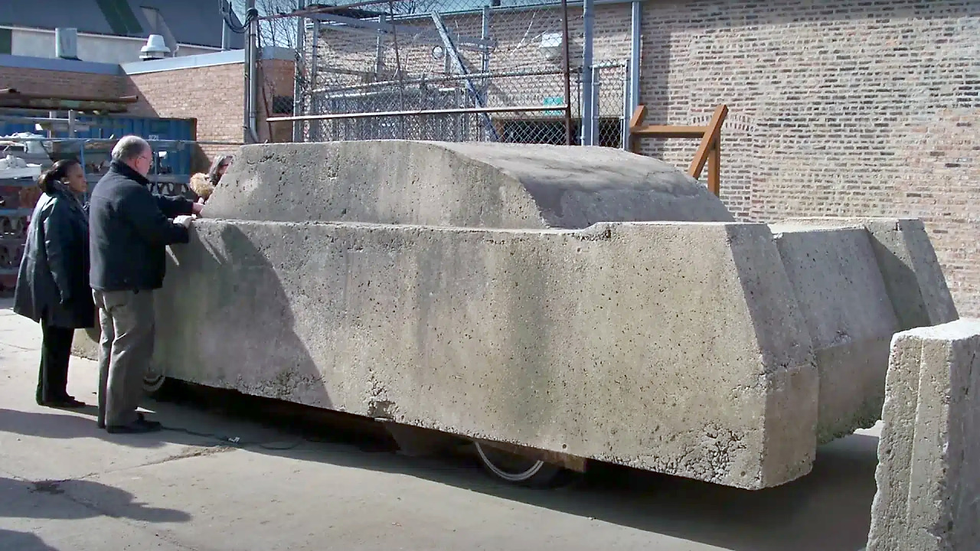1970 Lancia Stratos HF Zero by Bertone
- Story Cars

- Mar 17, 2022
- 2 min read
In 1969, when Nuccio Bertone bought a Lancia Fulvia from a friend and stripped it down to use as the basis for a wild, Gandini-styled concept car, the last thing he wanted was for Lancia to realize what he was up to.
Bertone planned to design a futuristic, mid-engined replacement for the Fulvia – a car that was being rapidly left behind on the world rally stage by such mid-engined rivals as the Renault Alpine and Ford GT70. The problem was that Lancia favored Pininfarina, so Bertone had to move stealthily. "If I had as much as mentioned my idea to Lancia," he said later, "it would have been vetoed out of hand." So it was only shortly before 'Project Zero' appeared at the 1970 Turin Motor Show that Bertone revealed it to Lancia… and received the Italian manufacturer's approval.
Bertone recalled years later: "One morning late in February 1971, Ugo Gobbato, the then chairman of Lancia, telephoned me." Gobbato wanted to see the car – and that very afternoon, Bertone drove it personally to Via San Paolo, headquarters of the Lancia works for racing team. "I drove up to the main gate, where an astonished Lancia gatekeeper stared motionlessly at that strange object so low it could pass beneath his barrier. Meanwhile, the engine's rumble [at that time a Fulvia V4] had brought all the Lancia racing team people who were waiting for us out into the yard. Then the gatekeeper raised the bar. It was an unforgettable entrance. In the middle of the crowd, I switched off the engine and climbed out of my' spaceship.'" Bertone was rapidly signed up to build a practical rally prototype.
Space travel was all the rage, and it was christened Stratos. The prototype was very different from Project Zero. Instead of access via a hinged windscreen, there were conventional doors, and the flat screen was dropped in favor of a geometrical cylinder off-cut, but the car retained an unearthly, dart-like appearance.
Lancia hoped to power the Stratos with the 2.4-liter Dino V6, but there was resistance within Ferrari's ranks – until Lancia approached Maserati with the idea of using the Bora unit. Suddenly Ferrari agreed to the deal. Suspension developments were still ongoing when internal politics forced the Stratos to make its rallying debut, and its 1972 outings were not a success. But by 1973, the car was starting to show form.
Meanwhile, the road cars, a homologation requirement for the WRC, were hurriedly put together. Things were not helped by the Italian strikes of 1974, and the exact number of Stratoses produced is open to all the usual intrigue. Slightly fewer than 500 is likely. Meanwhile, the rally cars brought Lancia victory in the WRC from 1974 to 1976, until Lancia's untimely withdrawal from world rallying made way for the Fiat 131 Abarth.
Source: Charis Whitcombe - www.classicdriver.com
Images: Carrozzeria Bertone s.p.a.; www.benedictredgrove.com; www.classicdriver.com













































































































Comments